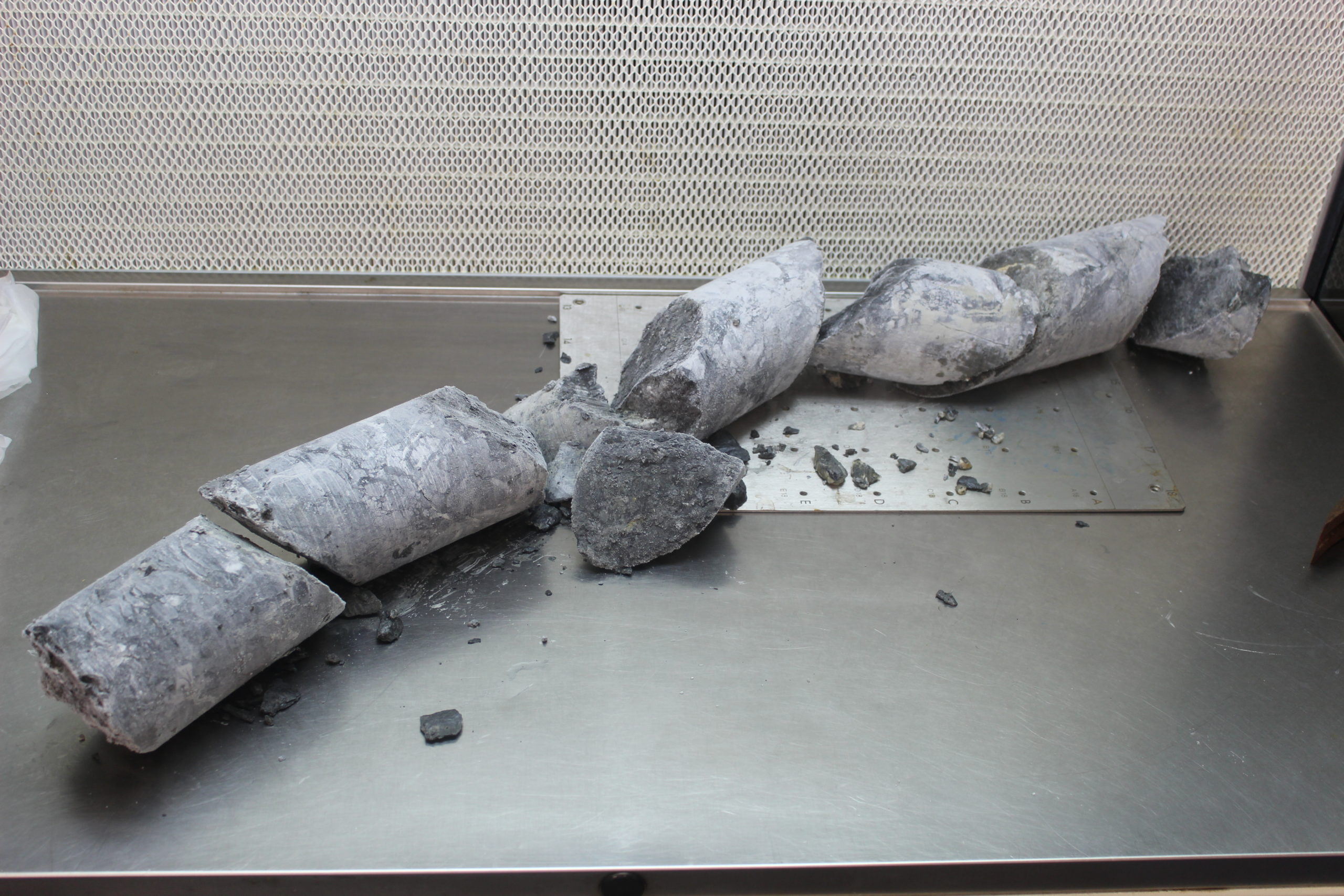The Somport tunnel crosses different sedimentary rocks built by accumulation of sediments in the Mesozoic and Cenozoic ages (see Fig. 12.1). Its length, depth and diverse ecology make it a perfect site for extremophile ecology studies. In extreme environments, bacteria –and archaea- tend to be the main living organisms. Subterranean microorganisms have been described to sum detail, but almost all reports refer to samples taken centimetres to few meters below the surface. In fact, many of those have a photoautotrophic metabolism. By contrast, the literature describing microorganism inhabiting the very inside of rocks are scarce. The few reports, analysing the microbial diversity of rock inhabitants evidence, a rather high diversity of microbial taxa and metabolism pathways, including bacterial groups such as green non-sulfur, sulfur or iron reducing, and also methan producers, amongst others.
GOLLUM goal is the identification and characterization of the microbial communities living in a range of different rocks throughout the length of the Somport tunnel, from the surface to the maximum depth.






